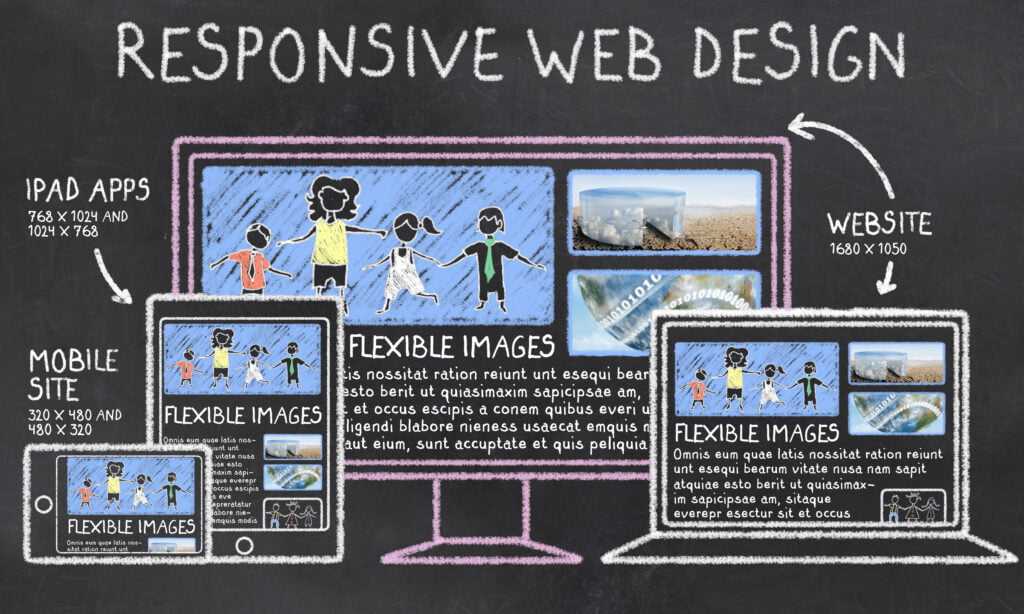In today’s digital age, where browsing the web is no longer confined to desktop computers, the need for websites to adapt to various devices and screen sizes has become more crucial. This is where responsive web design comes into play. But what exactly is responsive web design, and why is it important in modern web development? Let’s delve into the intricacies of this fundamental concept that shapes the digital world.

Understanding Responsive Web Design
Responsive web design is an approach to web development that ensures a website’s layout, content, and functionality seamlessly adjust according to the user’s device, screen size, and orientation. Whether viewed on a desktop, laptop, tablet, or smartphone, a responsively designed website maintains its usability and visual appeal, providing an optimal viewing experience for the user.
The Core Principles of Responsive Web Design
Fluid Grids:
At the heart of responsive design lies the concept of fluid grids. Unlike traditional fixed-width layouts, fluid grids use relative units like percentages instead of fixed pixels. This allows elements on the webpage to resize proportionally based on the user’s screen size, ensuring a consistent and harmonious layout across devices.
Flexible Images:
In addition to fluid grids, responsive web design employs flexible images that can adapt to the size of their container. By using CSS properties like max-width: 100%, images scale down or expand to fit the available space without losing their aspect ratio or clarity.
Media Queries:
Media queries are the backbone of responsive design. These CSS3 features allow developers to apply specific styles based on various factors such as screen width, device orientation, and resolution. By crafting targeted stylesheets for different screen sizes, developers can customize the layout and presentation of a website to suit each device’s characteristics.
The Importance of Responsive Web Design
Enhanced User Experience:
A responsive website provides users with a consistent and intuitive browsing experience across all devices. Whether they’re accessing the site on a desktop during their lunch break or on a smartphone while commuting, users can easily navigate content, view images, and interact with features without encountering issues related to poor layout or functionality.
Improved SEO Performance:
Search engines like Google prioritize mobile-friendly websites in their search results. By embracing responsive design, websites stand a better chance of ranking higher in search engine results pages (SERPs), thereby increasing visibility and driving more organic traffic to the site.

Cost-effectiveness:
In the past, developers had to create separate versions of a website for desktop and mobile users, which often required additional time, resources, and maintenance. Responsive design streamlines this process by consolidating all content into a single codebase that adapts dynamically to different devices. This not only reduces development costs but also simplifies ongoing updates and maintenance tasks.
Conclusion
Responsive web design is not merely a trend but a necessity in today’s multi-device landscape. By embracing fluid grids, flexible images, and media queries, developers can create websites that deliver a seamless user experience across desktops, laptops, tablets, and smartphones. Beyond enhancing usability and accessibility, responsive design also contributes to improved SEO performance and cost-effectiveness. As technology continues to evolve, responsive web design remains a cornerstone of modern web development, ensuring that websites remain accessible and engaging to users across all platforms and devices.
As Responsive web design is crucial in today’s digital world. BH Design Studio specializes in crafting responsive websites, ensuring better user experiences across all platforms. That makes BH Design Studio a top choice for businesses seeking online success.
